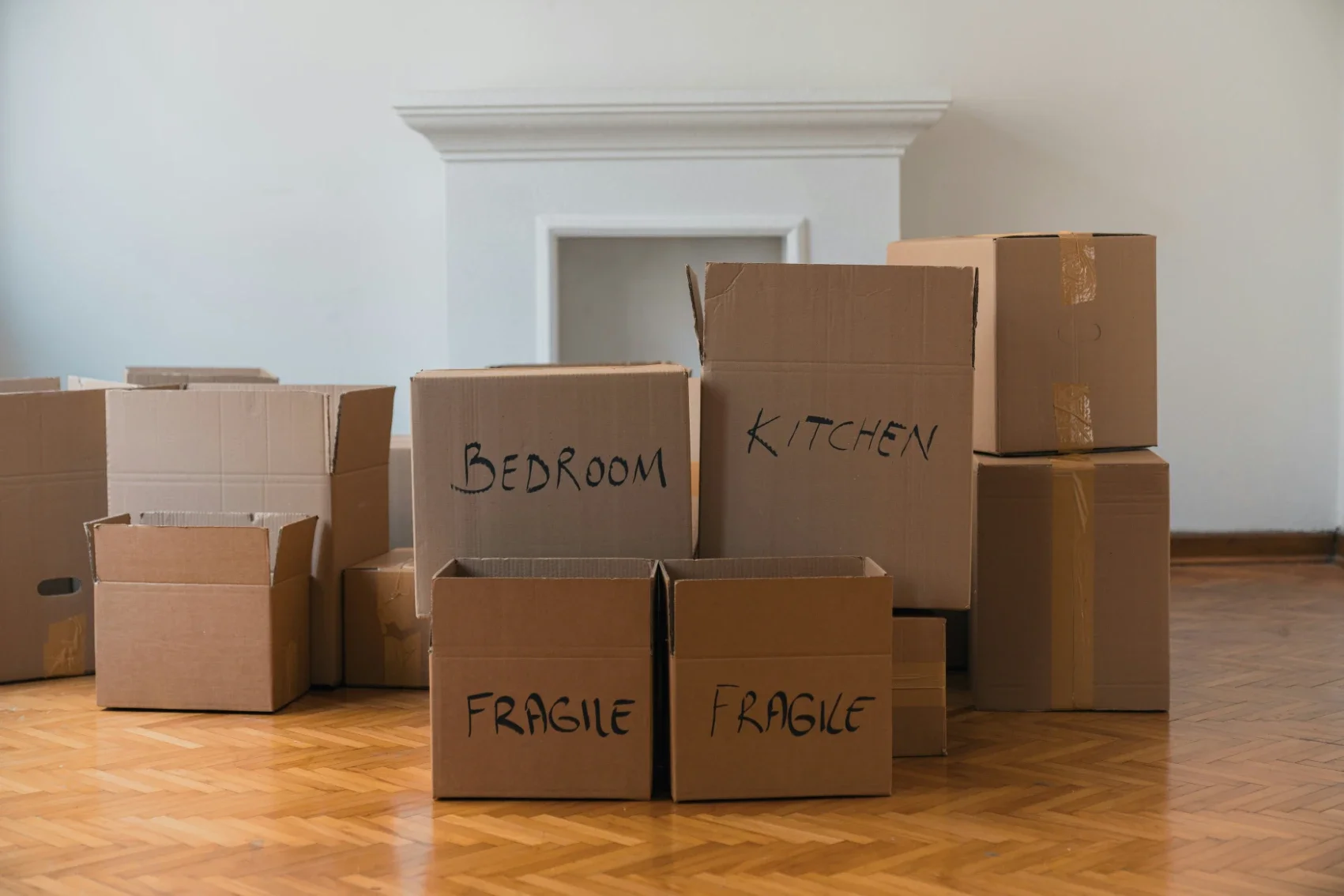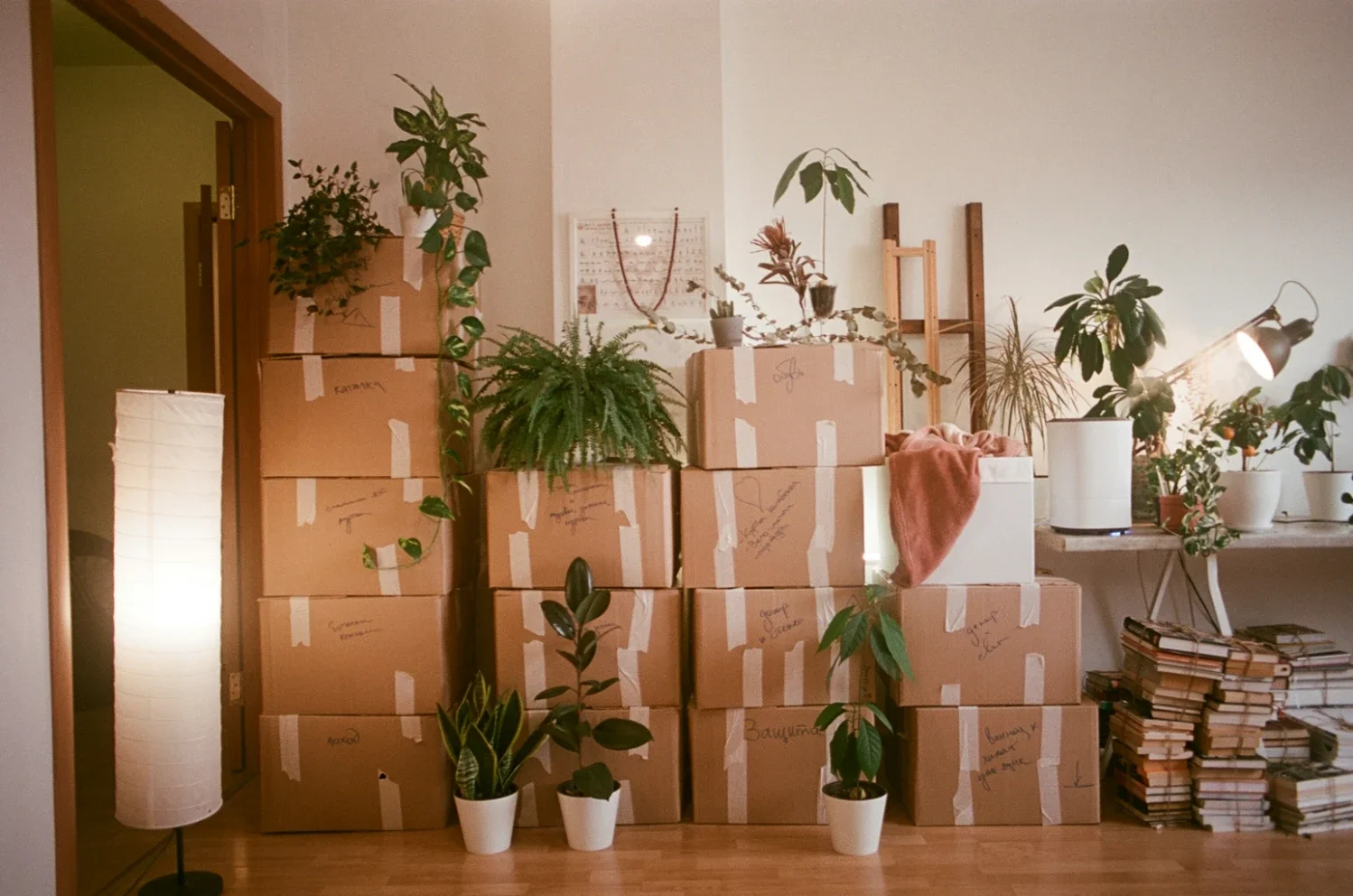Organize Before the Boxes Arrive: Lists, Labels, and Scheduling
Get moving ready by organizing before the boxes arrive with smart lists, clear labels, and scheduling tips that make the process smooth and stress free.
The hardest part of moving isn’t the heavy lifting—it’s the decisions. What gets packed first? Which box holds the router? Who’s meeting the elevator technician at 10 a.m.? If you sort the details before the tape gun comes out, move-day shifts from chaos to a steady rhythm you can actually enjoy.
Build One Master Move Log
Skip the monster checklist that you’ll abandon halfway through. Create a single “move log” you can print and share: a living document that keeps tasks, inventory notes, and timing in one place. Divide it into three sections that you’ll update as you go:
1) Rooms and stuff. List each room and the big categories you’re moving—furniture, art, seasonal gear, pantry staples. Under each category, jot what needs a special box or prep (TV foam sleeves, wardrobe boxes, mattress bags).
2) Contacts and confirmations. Mover, building manager, elevator/dock scheduler, landlord, utility providers, internet installer. Add phone numbers and confirmation numbers next to each. When things get loud on move-day, the number you need should be on the same sheet as the task you’re doing.
3) Run-of-show. Create a simple timeline: crew arrival window, load-out sequence (beds and essentials first), travel time, unload order (kitchen and primary bedroom land early), and buffer blocks for surprises. Tape the printed run-of-show near the front door so anyone can answer “What’s next?” without hunting for a text thread.
If you want to sanity-check what “organized” looks like on the mover’s side, look at how professional teams connect inventory, estimating, dispatch, and signatures. You don’t need their software; you just need to spot whether a company operates with a similar level of discipline. A short overview of a CRM for moving services can help you understand the pieces they’re coordinating behind the scenes—useful context when you compare bids and walkthroughs.
Label Like You Mean It
Labels aren’t decoration; they’re speed. Pick one format and apply it to every box: destination room + number + 3–5 words. “Kitchen #12 – pots/lids.” “Primary Bed #4 – sheets/pillows.” The number gives you a quick check-in at the door. The short description tells you whether to open it now or next week.
Color makes a good system great. Assign a color to each room (blue for kitchen, green for living room, yellow for office). Put a color key on the inside of the front door and stick a basic floor plan next to it. Now anyone carrying a box can match color to room without shouting for directions. If you want a refresher on setting up storage zones before you buy containers, this step-by-step read on how to organize your move in 5 easy steps pairs nicely with the labeling work—you’ll pack to a plan rather than to a deadline.
Photograph high-value items and the boxes they go into before sealing. Bag hardware (screws, shelf pegs, TV remote batteries) and tape the bag to the furniture or place it in a clearly labeled “Hardware #1” box. For electronics, snap a quick photo of cable positions before unplugging. When you reassemble on the other end, you’ll be glad past-you left a trail.
Schedule What Muscle Can’t Fix
A pristine label system can’t overcome a locked elevator or a dark new home. The week before the move, confirm the logistics no one thinks about until they break:
Access and protection. Ask building management about elevator reservations, loading zones, floor protection requirements, and certificates of insurance. If you’re in a house, plan curb space for the truck and check local parking rules. Put these times and rules into your move log so your run-of-show lines up with reality.
Utilities and internet. Handle the admin in one sitting. Schedule power, gas, water, and internet to start the day before you arrive so you’re not unpacking by flashlight or hotspot. While you’re at it, forward mail using the official government resource—no third-party “helpers” needed. The instructions on USA.gov’s Change of Address page walk you through the process and explain what to expect once forwarding begins.
People and roles. Decide who’s the point person for the crew, who’s checking boxes at the door, and who’s driving between addresses. Share the run-of-show with everyone the night before. On move-day, decisions should be automatic; the only questions should be “Where does this go?” and “What’s next?”
Stage Rooms So The First Week Works
Moving isn’t just transporting stuff—it’s setting up a home that functions on day one. You’ll unpack faster if you decide what each room is responsible for before you pack. In practice, it looks like this:
Kitchen: Choose a primary “landing” cabinet for daily plates, bowls, and glasses. Label the first-open box to match that cabinet (“Kitchen #1 – daily dishes”). Pack knives, cutting board, and a small pot in the same essentials box so the first meal is easy.
Primary bedroom: Put bedding, sleepwear, and a small lamp in a clear bin. Label it differently from everything else and make sure it’s the first thing off the truck. If the bed frame needs tools, tape the hardware bag to the slats and put the tool in the bin, too.
Entry or drop zone: Decide where keys, mail, and bags will live. If you have hooks and a tray already picked out, label a box with that landing spot and open it the moment you arrive. Habits start fast in a new place; give them the right place to land.
Closets and storage: Measure shelves and rods before you pack wardrobe boxes. If you’ll add baskets or dividers, write where they’ll go on the move log so the right boxes land in the right closet. You’ll spend less time dragging bins between rooms because they’ll have a destination from the start.
Finally, set a simple first-hour routine that your future tired self will thank you for: beds first, essentials bins second, one room to completion third (usually the primary bedroom or the kitchen). That sequence—sleep, charge, eat—turns the rest of the boxes into a manageable project instead of a crisis.
Keep The Day Boring (that’s the goal)
A smooth move is pleasantly uneventful. Confirm the crew’s arrival window the night before. Put the run-of-show and color key on the door. Stage the first-open bins near the entrance. When the truck arrives, give the lead a two-minute walkthrough—where each color goes, what lands first, and where to place heavy pieces. During unload, one person checks off box numbers at the door while the rest point boxes to rooms. If a hallway starts to clog, call a five-minute reset and finish a room to completion before resuming.
When the last box comes in, do a slow lap with your list. Check that every numbered box is present, large items survived the trip, and anything fragile still looks right. It’s not about catching someone out; it’s about catching a problem while the crew is still there to help solve it.
The Takeaway
Most “moving disasters” are just unmade decisions. Make them before the boxes arrive. Build a single move log, label in a way your future self can read, and lock down access, utilities, and roles ahead of time. Do that, and move-day becomes a steady walk from the truck to the right room—exactly how it should feel.






























